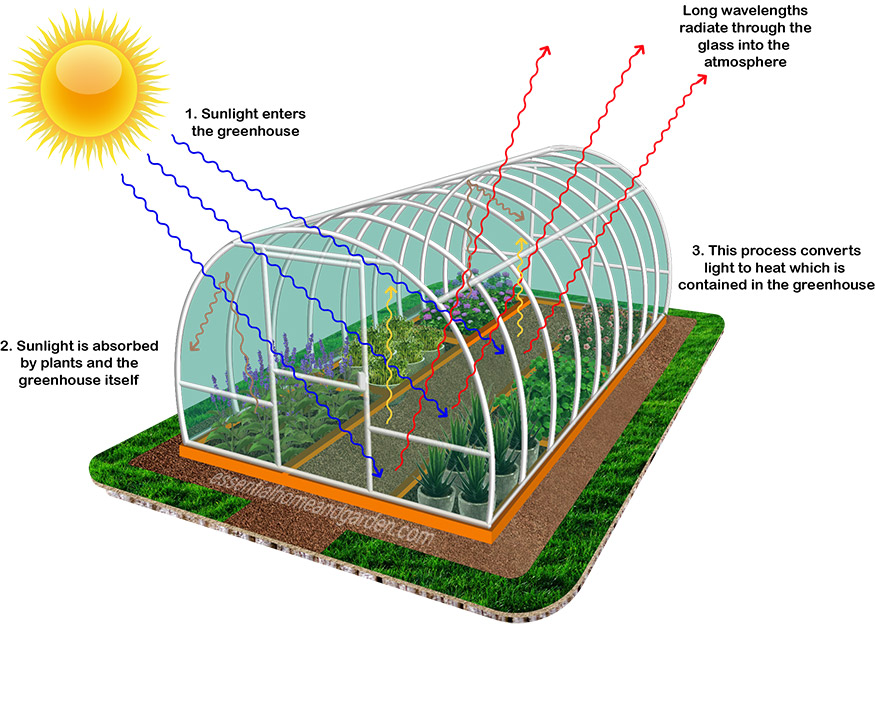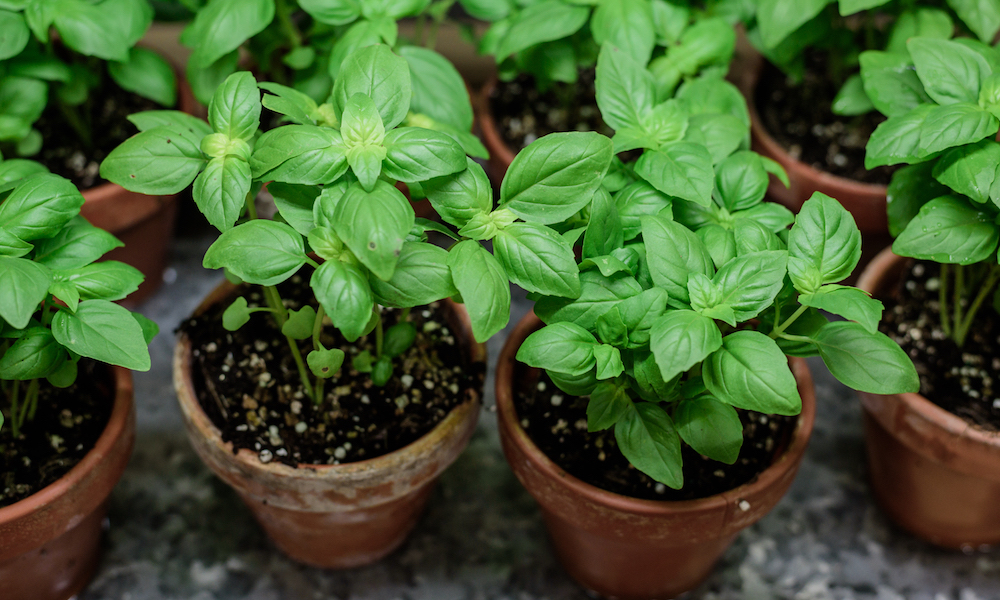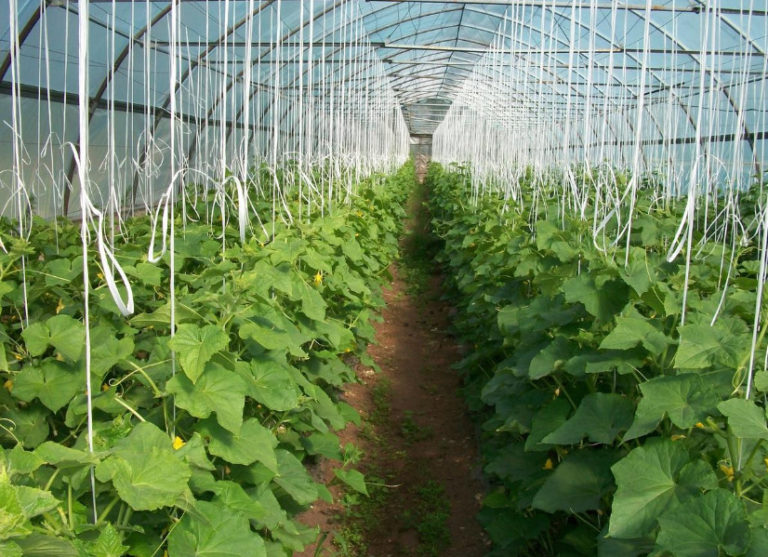Understanding Greenhouse Conditions: Temperature, Light, and Humidity
Greenhouse climate control is crucial for successful plant growth. Monitoring and managing temperature, light, and humidity are essential components of what to grow in a greenhouse for beginners. Begin by installing a thermometer, hygrometer, and lux meter to track these factors. Maintain appropriate temperature ranges, typically between 65-85°F (18-29°C) during the day and 10-15°F (6-8°C) lower at night. Ensure adequate light by positioning your greenhouse in a location with ample sunlight or supplementing with artificial grow lights. Manage humidity through proper watering techniques, ventilation, and potentially using a humidifier or dehumidifier. Understanding and controlling these environmental factors will contribute significantly to the success of your greenhouse gardening experience.
Selecting the Perfect Plants: Factors to Consider
When determining what to grow in a greenhouse for beginners, consider several factors. First, evaluate your local climate to determine which plants will thrive in your region. Opt for plants that can tolerate your greenhouse’s temperature range and light conditions. Assess the available space in your greenhouse to ensure proper plant spacing and growth. Finally, consider your personal preferences, such as growing plants for culinary use, ornamental purposes, or to support pollinators. By taking these factors into account, you will be well on your way to creating a successful and enjoyable greenhouse gardening experience.
Top 5 Plants to Grow in a Greenhouse for Beginners
Greenhouse gardening for beginners can be both enjoyable and rewarding. Selecting the right plants is crucial to ensure success. Here are five ideal plants to cultivate in a greenhouse for novice growers, each offering unique benefits, care requirements, and potential yield.
1. Lettuce and Leafy Greens
Lettuce and leafy greens, such as spinach, kale, and arugula, are excellent choices for greenhouse gardening. They are easy to grow, have short growing cycles, and can be harvested continuously. Plant seeds in a soilless growing medium, ensuring proper spacing and light exposure. Maintain consistent moisture and fertilize with a balanced, water-soluble formula. Harvest outer leaves regularly to encourage new growth, and enjoy fresh, nutrient-rich salads year-round.
2. Herbs: Basil, Parsley, and Mint
Herbs are perfect for greenhouse cultivation, offering beginners a rewarding and aromatic experience. Basil, parsley, and mint are excellent choices due to their ease of growth, versatility, and suitability for various dishes. Plant seeds or seedlings in well-draining soil, ensuring adequate light and warmth. Water consistently, allowing the topsoil to dry between waterings. Regularly harvest leaves to promote bushy growth, and enjoy an abundant supply of fresh herbs for cooking and garnishing.
Basil (Ocimum basilicum) is a warm-season annual herb that thrives in greenhouse conditions. Plant seeds in a rich, well-draining soil mix, providing ample light and a temperature range between 70-80°F (21-27°C). Pinch back the growing tips to encourage bushy growth and prevent flowering. Harvest leaves regularly, and use them in pasta dishes, salads, and pesto.
Parsley (Petroselinum crispum) is a biennial herb that can be grown as an annual in a greenhouse. Plant seeds in a well-draining, nutrient-rich soil mix, providing bright light and a temperature range between 60-70°F (15-21°C). Keep the soil consistently moist, and harvest outer leaves regularly to encourage new growth. Use parsley as a garnish, in soups, stews, and salads, or as a breath-freshening tea.
Mint (Mentha spp.) is a vigorous, fast-growing perennial herb that benefits from greenhouse cultivation. Plant rooted cuttings or divisions in a large container with a well-draining soil mix, providing bright light and a temperature range between 60-70°F (15-21°C). Regularly prune the plants to control their spread and promote bushy growth. Harvest leaves for use in beverages, desserts, and Middle Eastern and North African dishes.
3. Cherry Tomatoes
Cherry tomatoes (Solanum lycopersicum) are an excellent choice for greenhouse gardening beginners. These small, delightful fruits offer high yields, disease resistance, and a long growing season. Plant seedlings in a well-draining, nutrient-rich soil mix, ensuring proper spacing and support structures. Maintain a temperature range between 65-85°F (18-29°C) and provide ample light. Prune excess foliage to improve air circulation, and hand-pollinate flowers using a small paintbrush to ensure successful fruit set.
To plant cherry tomatoes in your greenhouse, start by preparing the soil mix, which should contain equal parts peat moss, vermiculite, and perlite. Add a slow-release fertilizer to provide essential nutrients throughout the growing season. Plant seedlings, burying them up to the first set of true leaves, and water them thoroughly. Space plants 1-2 feet apart, depending on the variety, and install support structures such as cages or stakes to keep the plants upright as they grow.
Pruning cherry tomatoes is crucial to maintain plant health and improve fruit production. Remove suckers, the small shoots that grow in the crotch between the main stem and branches, to direct the plant’s energy into fruit production. Regularly pinch off lower leaves that turn yellow or brown to prevent diseases and improve air circulation.
Hand-pollinating cherry tomatoes in a greenhouse is essential, as natural pollinators like bees may not have access to the enclosed space. Use a small paintbrush to gently transfer pollen from the male anthers to the female stigma. This process should be repeated every few days to ensure maximum fruit set.
Harvest ripe cherry tomatoes regularly to encourage new fruit production and maintain plant health. Cherry tomatoes are typically ready to harvest when they reach their full color and can be easily plucked from the vine. Enjoy these delicious, vitamin C-rich fruits in salads, on skewers, or as a snack straight from the vine.
4. Cucumbers: A Perfect Addition to Your Greenhouse for Beginners
Cucumbers (Cucumis sativus) are a fantastic choice for greenhouse cultivation, especially for novice gardeners. These plants thrive in the controlled environment of a greenhouse, offering high yields and requiring relatively little maintenance. By growing cucumbers in your greenhouse, you can enjoy fresh, homegrown produce while gaining valuable gardening experience.
Training and Trellising Cucumbers
To make the most of your greenhouse space and promote healthy plant growth, it’s essential to train and trellis cucumber plants. Training involves guiding the plant’s vines along a support structure, such as strings, netting, or wire. This technique keeps the plants off the ground, reducing the risk of disease and pests. Additionally, training cucumber plants allows for easier harvesting and improved air circulation, which can lead to higher yields and healthier plants.
Pest Management for Cucumbers
While greenhouses offer a more controlled environment than outdoor gardens, pests can still be an issue. Common cucumber pests include aphids, spider mites, and whiteflies. Monitor your plants regularly for signs of infestation, and consider using integrated pest management (IPM) strategies to address any issues. IPM techniques may include introducing beneficial insects, using biological controls, or employing organic pesticides when necessary.
Harvesting Cucumbers
Harvesting cucumbers at the right time is crucial for maintaining plant productivity and ensuring optimal fruit quality. Regularly inspect your plants and harvest cucumbers when they reach the desired size but before they become overripe. Overripe cucumbers can negatively impact the plant’s overall health and future yields. By harvesting cucumbers frequently, you encourage the plant to produce more fruit, ultimately leading to a more bountiful harvest.
Selecting the Right Cucumber Varieties
Choosing the right cucumber varieties for your greenhouse is essential for success. Look for disease-resistant, high-yielding cultivars that are well-suited for greenhouse growing conditions. Some popular options for beginners include ‘Bush Champion,’ ‘Spacemaster,’ and ‘Salad Bush.’ These varieties offer compact growth habits, making them ideal for smaller greenhouses, and are resistant to common cucumber diseases.
5. Strawberries: A Delicious and Rewarding Choice for Greenhouse Beginners
Strawberries (Fragaria × ananassa) are a delightful addition to any greenhouse, offering beginners an opportunity to grow delicious fruit while learning the ins and outs of greenhouse gardening. These plants are relatively easy to care for, and with the right conditions, they can produce an abundant harvest of juicy, sweet strawberries.
Soil Preparation for Strawberries
Preparing the soil for strawberry plants is crucial for their success. Start by choosing a high-quality, well-draining potting mix specifically designed for container gardening. Avoid using garden soil, as it may contain pests, diseases, or poor drainage that can negatively impact your strawberry plants. Fill your containers with the potting mix, leaving enough room for the strawberry plants’ roots.
Watering Strawberries
Proper watering is essential for healthy strawberry plants. Maintain consistent moisture in the soil, ensuring that it remains moist but not waterlogged. Overwatering can lead to root rot and other fungal diseases, while underwatering can stress the plants and negatively impact fruit production. Consider using a drip irrigation system or self-watering containers to maintain consistent moisture levels and reduce the risk of overwatering.
Disease Prevention for Strawberries
Strawberries are susceptible to various fungal and bacterial diseases, which can quickly spread in the controlled environment of a greenhouse. To minimize the risk of disease, practice good sanitation and cultural care. Remove any dead or diseased leaves promptly, and avoid overcrowding plants to promote air circulation. Additionally, consider using fungicides or other disease prevention methods as needed to protect your strawberry plants.
Selecting the Right Strawberry Varieties
Choosing the right strawberry varieties for your greenhouse is essential for success. Look for day-neutral or everbearing cultivars that are well-suited for greenhouse growing conditions. Some popular options for beginners include ‘Albion,’ ‘Seascape,’ and ‘Fort Laramie.’ These varieties offer high yields, disease resistance, and are suitable for container gardening, making them ideal for greenhouse cultivation.








